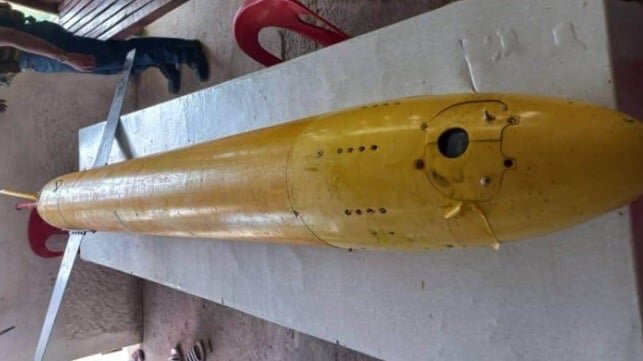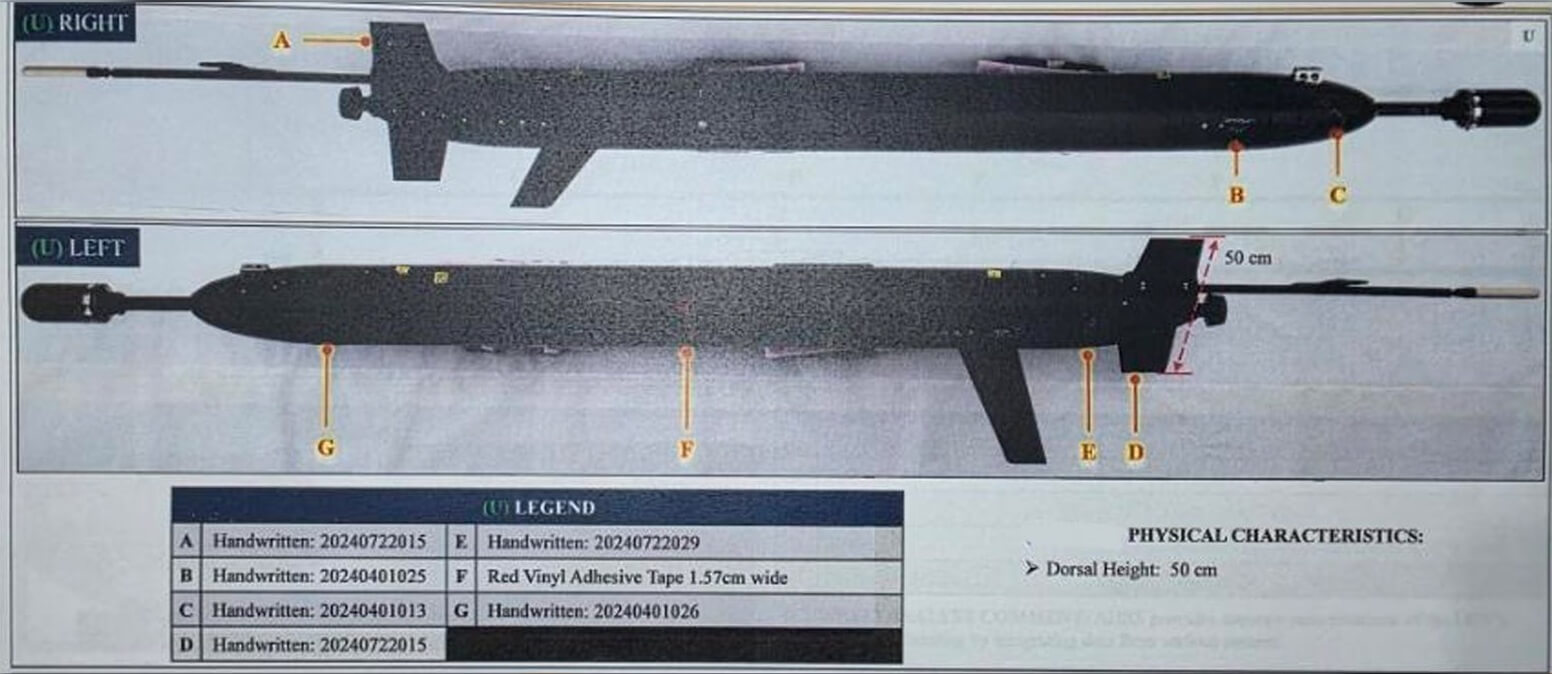Chinese Seaglider Drones Found in Philippine Waters
Between 2022 and 2024, Philippine fishermen made a startling discovery – five suspicious seaglider drones scattered across strategic locations between Luzon and Mindanao. Upon further investigation, it was revealed that these drones were designed for collecting data related to “underwater warfare,” as confirmed by the Armed Forces of the Philippines.
During a recent press conference, AFP spokesman Rear Admiral Roy Vincent Trinidad disclosed that the drones were strategically placed in areas crucial for national defense and international maritime navigation. The devices were located in the Taiwan Strait off Luzon, near Masbate, and off Mindanao. Trinidad suggested that these drones were most likely dropped by a mothership.
The capabilities of these drones extended beyond basic navigation data. Equipped with sensors for measuring bathymetry, water depth, salinity, and temperature, they were well-suited for gathering information necessary for submarine operations. Jonathan Malaya, a member of the National Task Force for the Philippine Sea, asserted that these drones were likely deployed by China to map the underwater terrain of the Philippines.
Forensic examinations of the drones revealed compelling evidence linking them to China. One drone had sent signals to mainland China via a cell SIM card found onboard, while two drones bore Chinese markings. Trinidad estimated the probability of Chinese ownership at 55-80 percent, while Malaya confidently stated that the forensic data conclusively proved their Chinese origin.
Photos of the drones displayed during the press conference bore resemblance to the Chinese-built “Sea Wing” UUV, developed by the Chinese Academy of Sciences. Notably, one drone stood out due to its all-black design and unique protrusions.
The unveiling of this forensic evidence coincides with the upcoming U.S.-Philippine Balikatan defense drills, where 14,000 troops, predominantly from the United States, will participate. According to Philippine Army Brigadier General Michael Logico, the drills serve as a crucial test of defense strategies.
As tensions rise, Google Maps has made a significant gesture by adopting the Philippine’s name for waters in its western exclusive economic zone – now labeled as the West Philippine Sea. This move, challenging China’s claim over the region, has sparked controversy among Chinese commentators who advocate for retaining the name “South China Sea.”


